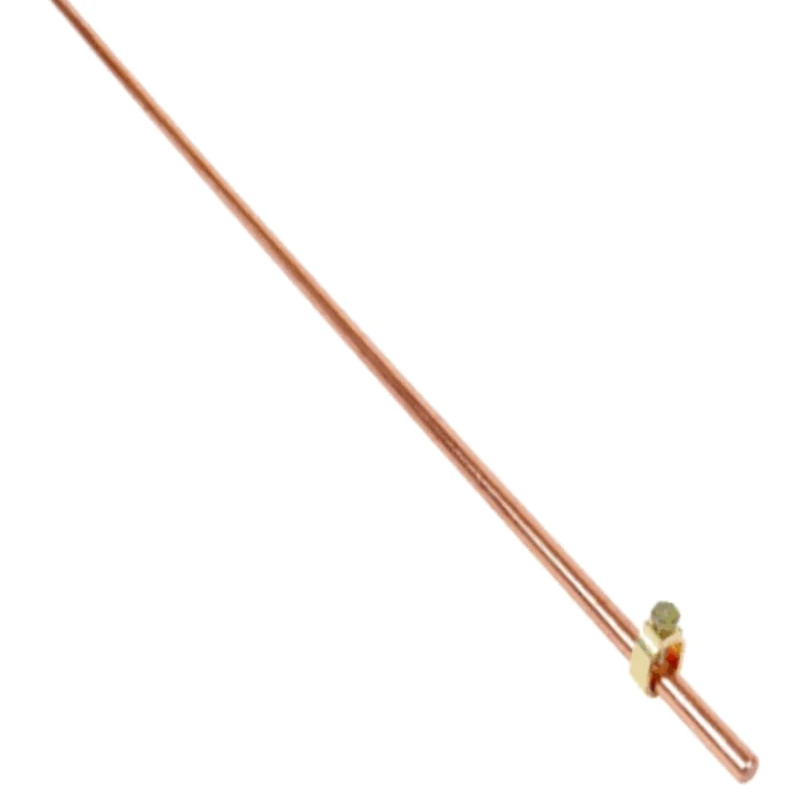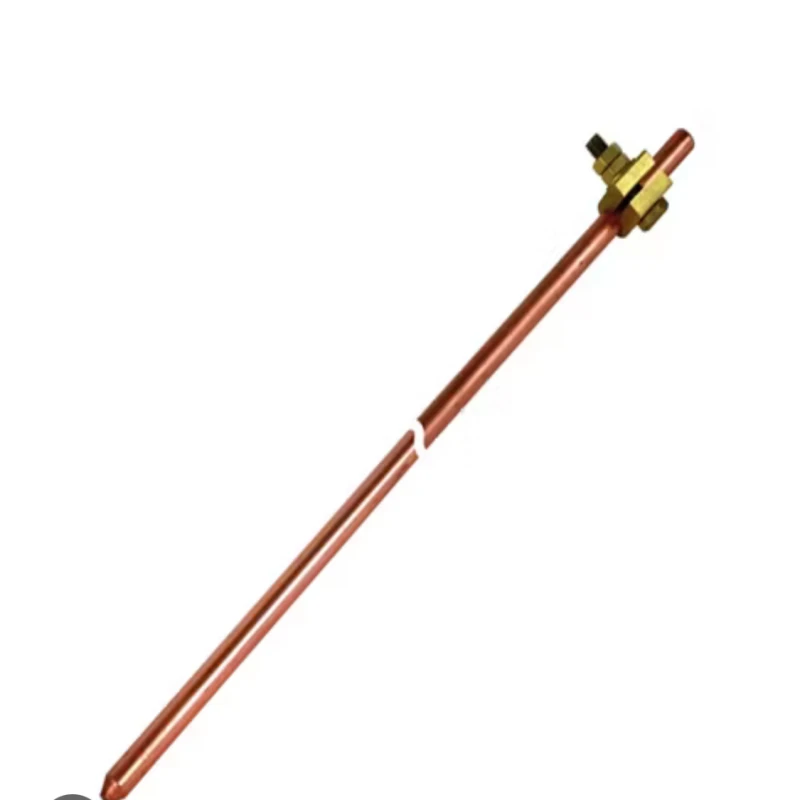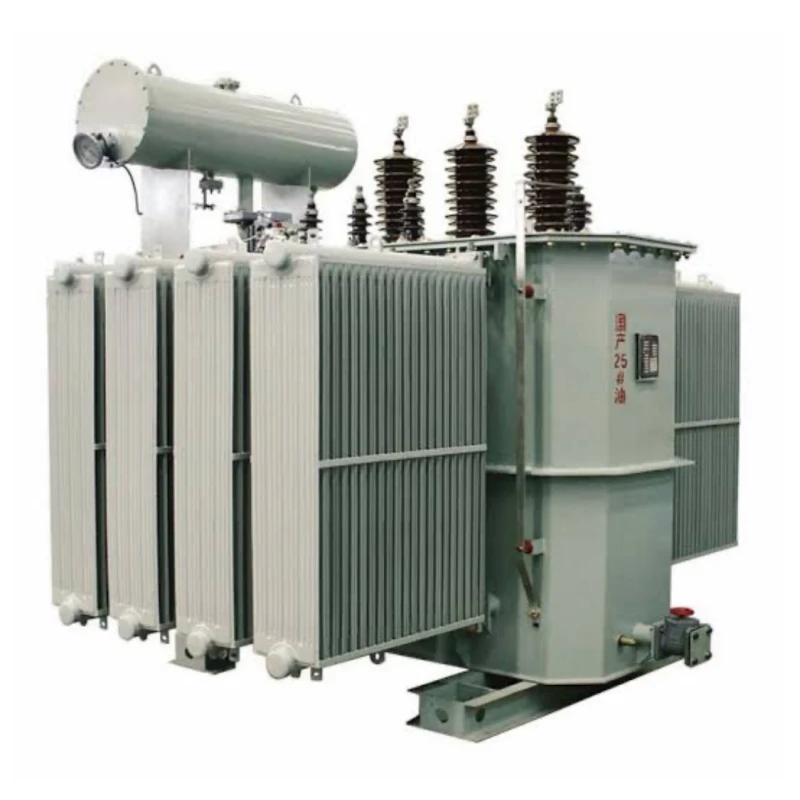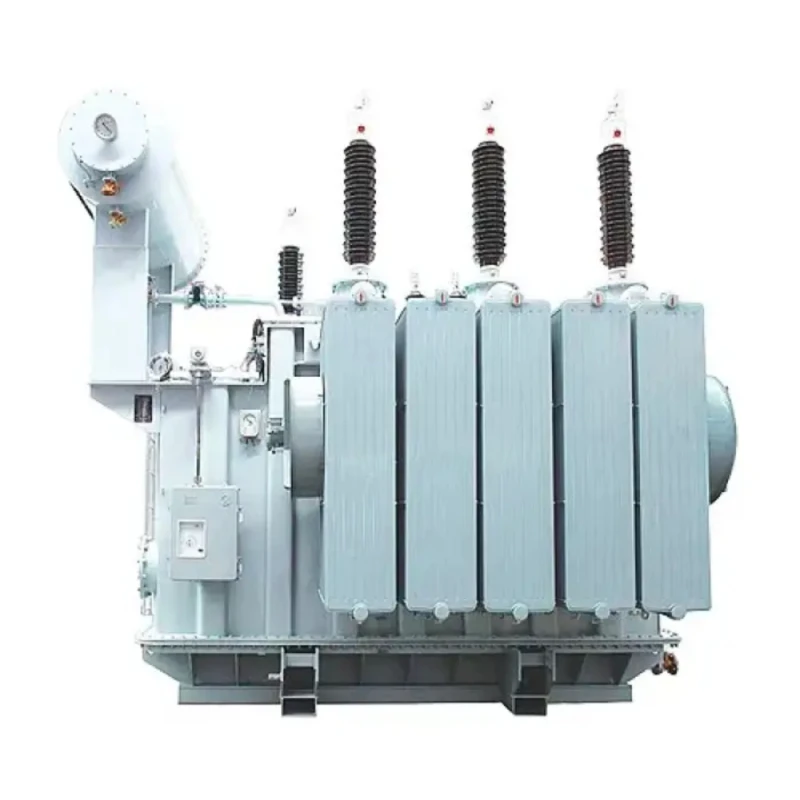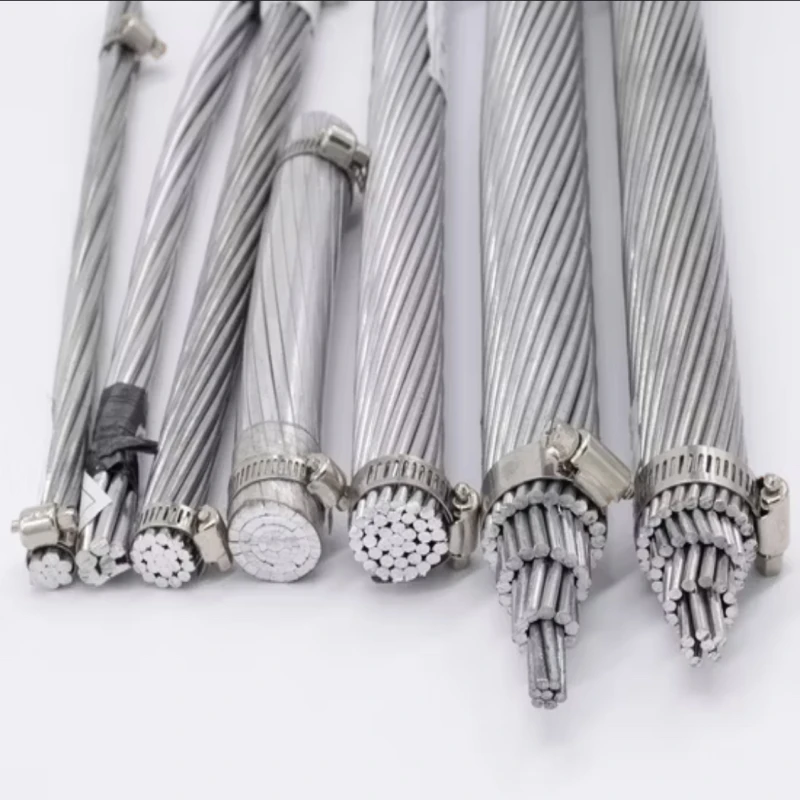-
Earth rods act as a safe pathway for excess electrical current (fault currents) to flow into the earth, away from electrical equipment and personnel.
-
By providing a low-resistance path to ground, earth rods help to prevent electric shock, equipment damage, and fires caused by electrical faults.
-
Earth rods help to maintain a stable voltage reference in electrical systems, ensuring proper operation of equipment and preventing voltage fluctuations.
- Copper: Commonly used due to its high conductivity and corrosion resistance.
- Copper-clad steel: A cost-effective option with good conductivity and corrosion resistance.
- Stainless steel: Provides good corrosion resistance, especially in aggressive soil conditions.
- Shapes and Sizes: Earth rods come in various shapes and sizes, with diameters typically ranging from 1/2" to 1", and lengths from 4 feet to 10 feet, according to Maltep.
-
Earth rods are typically driven into the earth using a driving tool, ensuring good contact with the soil.
-
The earth rod is connected to the main earthing conductor of the electrical system, completing the earthing circuit.
-
Earth rods are a fundamental component of any electrical system, playing a vital role in ensuring electrical safety and preventing hazards.
-
Many electrical codes and regulations mandate the use of earth rods in electrical installations to ensure safety and compliance.

 APPLIANCES
APPLIANCES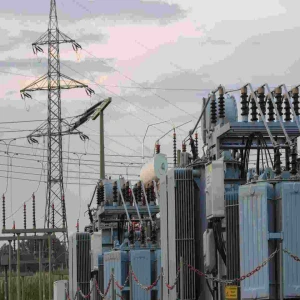 ELECTRIC AND POWER
ELECTRIC AND POWER ELECTRONICS
ELECTRONICS FOOD
FOOD GADGETS
GADGETS KITCHEN
KITCHEN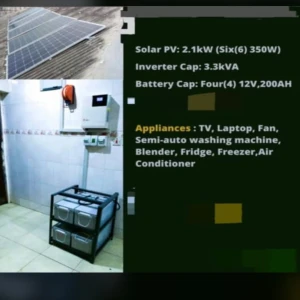 SOLAR SOLUTIONS
SOLAR SOLUTIONS